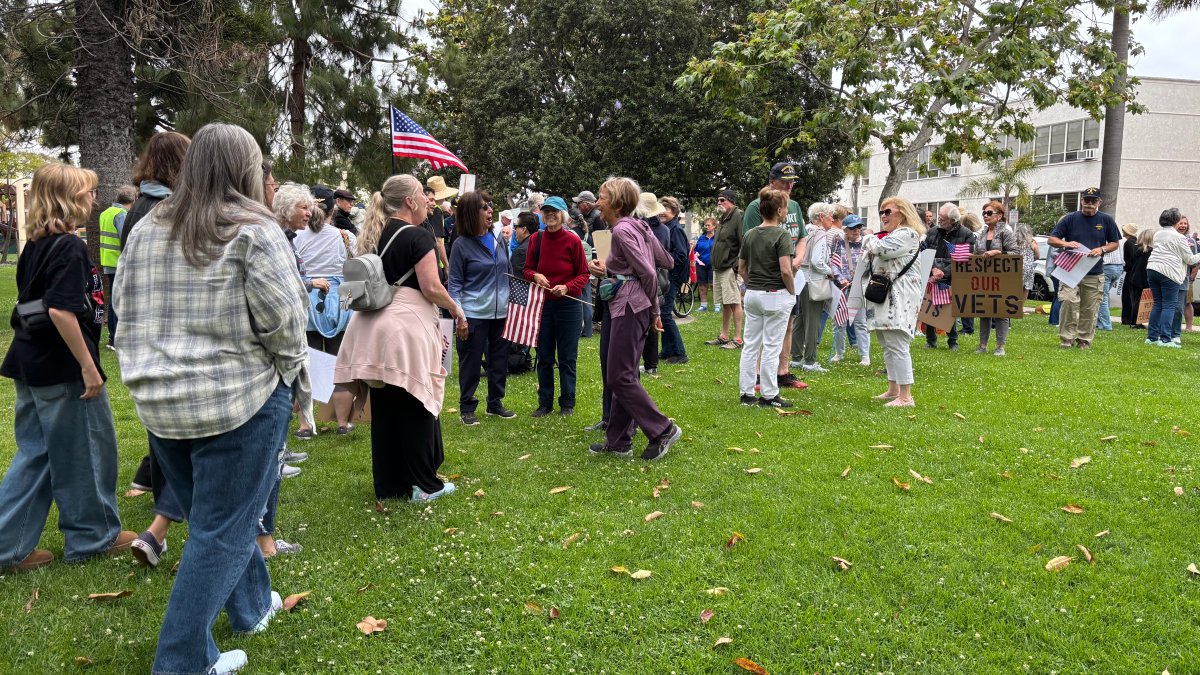For Al Kovach, the decision to join the military came when he was 23 years old, an athlete and finding his way through college.
“My dad had served in the military, my grandfather had served in the military, so I thought it was a good way to try something new,” he said nonchalantly, even though it led to him joining one of the Navy’s most elite fighting forces, SEAL Team 5.
“I loved the people that I worked with. We never talked about religion. We never talked about politics. We were always focused on the mission,” Kovach shared.
He first came to San Diego County to stay in Coronado in 1988 for basic underwater demolition/SEAL (BUDs) training after enlisting late in the prior year. Three years later, before a deployment, he and his platoon needed additional parachute training to prepare for the Philippines. Unfortunately, that day, May 21, 1991, is a day he will never forget.
“When I jumped out, I collided with another jumper and by the time we were able to get untangled, it was too late for my backup parachute to function properly,” he said. “When I hit the ground, I broke my neck, which resulted in quadriplegia.”

Navy veteran Al Kovach speaking with NBC 7 reporter Dana Williams during a rally in Coronado on June 6, 2025.
Kovach said he once stood 6 feet tall but was diminished to a version of himself he didn’t recognize.
“I didn’t want to be seen in public,” he shared, “I mean, I had gone from being very like 190 pounds, 6 feet tall to 122 pounds in a wheelchair with nuts and bolts in my head.”
It wasn’t until he spent time at a Department of Veterans Affairs medical center that he began to reclaim not only his health, but his purpose.
“A lot of patients come into a hospital and they’re gone in a day or two, but when it comes to spinal cord injury, that’s a second home,” Kovach said, “and it was really that time, at the VA hospital with my fellow paralyzed veterans, that I realized, you know, there is life after paralysis and that maybe I can kind of reinvent myself.”
He says he owes the VA for “restoring his dignity.” Not only does he depend on it but so does his wife and two daughters. It’s that reason why he felt compelled to join a rally at Spreckels Park in Coronado on Friday to protest against cuts to the department.
According to a memorandum, more than 80,000 jobs may be eliminated from the VA as they work to align with Department of Government Efficiency (DOGE) directives and return to 2019 staffing levels. The cabinet-level department has nearly 500,000 employees and 170 hospitals, among other local clinics. It is the largest health care system in the country, treating some of the nation’s 15 million veterans, including Kovach.
“People don’t understand that when we go to war, there are consequences that are going to last 50 or 60 years because that’s how long we’re expected to live, and that’s how long the VA is expected to support us,” he said.
The VA’s website lists two rounds of job cuts that have already happened, including more than 1,000 probationary employees announced on Feb. 13 and another round of roughly 1,400 probationary employees announced on Feb. 24. They were all in “non-mission critical” positions, according to the department. However, Kovach explained, the VA is not an area the federal government should look to cut costs.
“The VA is such a large system and it’s a huge part of the annual budget for the United States. It seems to be an easy target,” he said. “I feel like we’ve sacrificed enough and maybe it’s someone else’s turn.”
